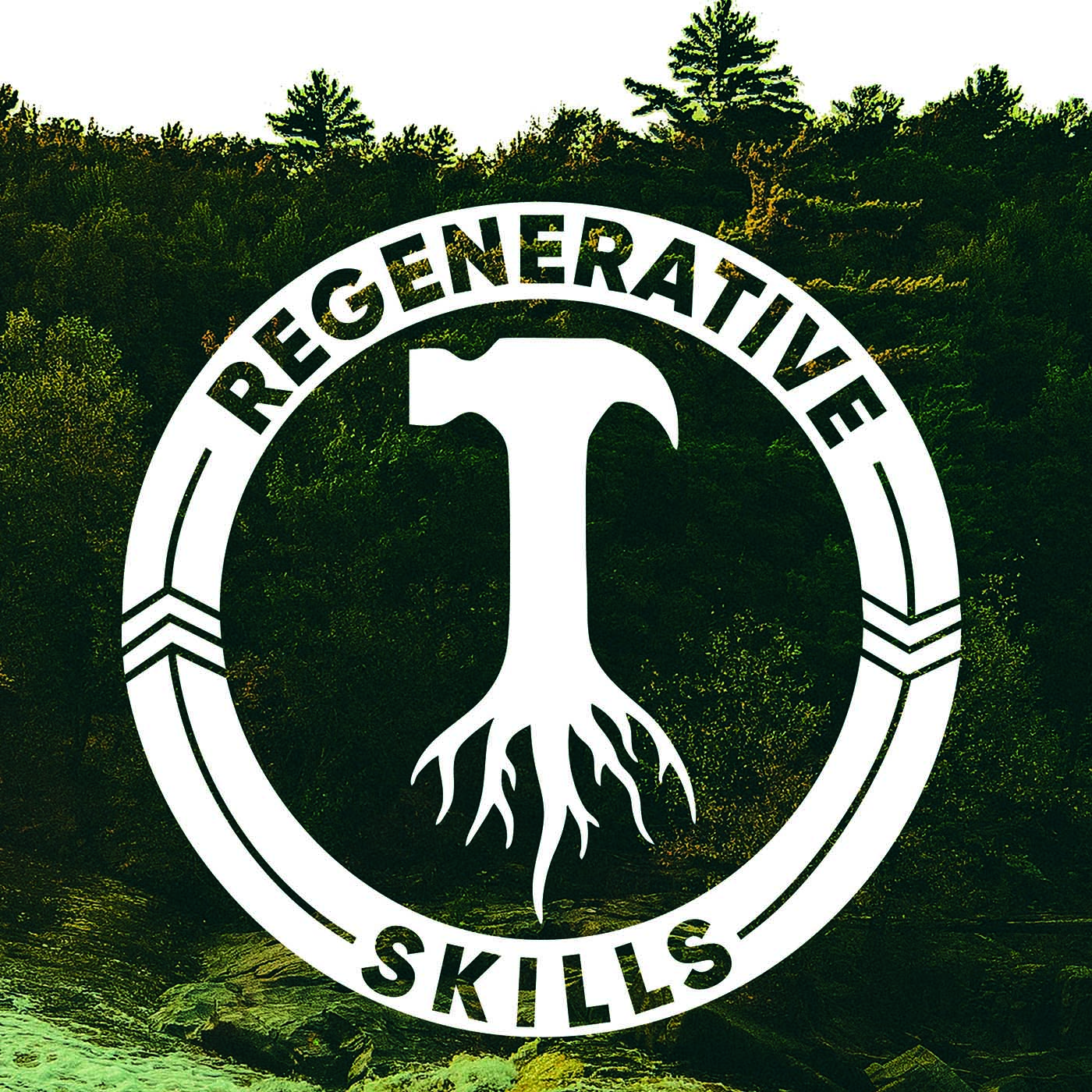Drew Grim on designing for the homestead scale and managing your time.

b'Last week I started off this series on the regenerative design process, first focusing on small scale and residential properties, let\\u2019s take the next step up and look into homesteads.\\xa0\\n\\n\\nHomesteading is something of a unique concept to colonial American culture and the term was coined during the homesteading acts of the 1860s. That said, there are plenty of similar concepts in other parts of the world. The ones that I\\u2019m most familiar with are small-holdings and crofts, from England and Scotland respectively.\\xa0\\n\\n\\nIn general though a homestead refers to a home and a plot of land where the residents work to provide a large portion of what they consume and it usually includes some small production or service enterprises such as growing and processing food for market, craft and artisan goods and services like repair and fabrication.\\xa0\\n\\n\\nThe distinction that is often made these days is that of whether or not the enterprises in the home and on the land are primarily for sale or for use and consumption by the residents.\\xa0\\n\\n\\nIn today\\u2019s session, I\\u2019ll be speaking with Drew Grim, a long time homesteader and educator, and the cofounder of The Schoolhouse Life with his wife Lacey. He has been formally trained in permaculture design, Regenerative Agriculture, and Holistic Management, and he uses those trainings along with years of experience to coach people in how to live a more connected life as a homesteader or farmer. A life where the everyday decisions look holistically at the land, livestock, and farmer, both physically and spiritually.\\n\\n\\nIn this interview, Drew and I talk about some of the common motivators for people moving to more remote areas and working to become more self-sufficient. Much of this is connected to fears and uncertainty in the wake of the pandemic, but a lot come from environmental, better health, and even personal interest goals as well.\\xa0\\n\\n\\nWe talk about the need for realistic expectations and easing into the lifestyle rather than jumping in the deep end without any experience.\\xa0\\n\\n\\nFrom there Drew tells me about how he has learned to manage his time with all of the unending projects and tasks that their home and land require, and how he has learned to manage it all holistically.\\xa0\\n\\n\\nWe also spend a good bit of time talking about the community aspect of homesteading, which often seems antithetical to the idea of moving away from people and becoming self-sufficient, but from my own experience and Drew\\u2019s as well, we\\u2019ve found that building a strong community is as essential as a good food supply.\\xa0\\n\\n\\nDrew and I have been through many of the same training and design programs and I loved hearing how he\\u2019s used permaculture design and holistic management principles among others to create the life that he and his wife have always wanted for their families.\\n\\n\\xa0\\n\\nJoin the discord discussion channel to answer the weekly questions and learn new skills with the whole community\\n\\n\\nLinks:\\n\\n\\nhttps://www.theschoolhouselife.com/\\n\\n\\xa0\\n\\n\\n\\nPermaculture Homesteading in Nepal: A Story of Community Connection, with Zac Barton of Almost Heaven Farms\\n\\n\\n\\n\\xa0\\n\\n\\nhttps://regenerativeskills.com/essential-things-to-consider-when-making-the-shift-to-a-homesteading-lifestyle-with-natalie-bogwalker-of-wild-abundance/\\n\\n\\n\\n\\n\\n\\n\\n\\nGet the book "Homesteading for Every Home" for free!Receive the book directly in your inboxPlease enable JavaScript in your browser to complete this form.Name *FirstLastEmail *EmailDownload'